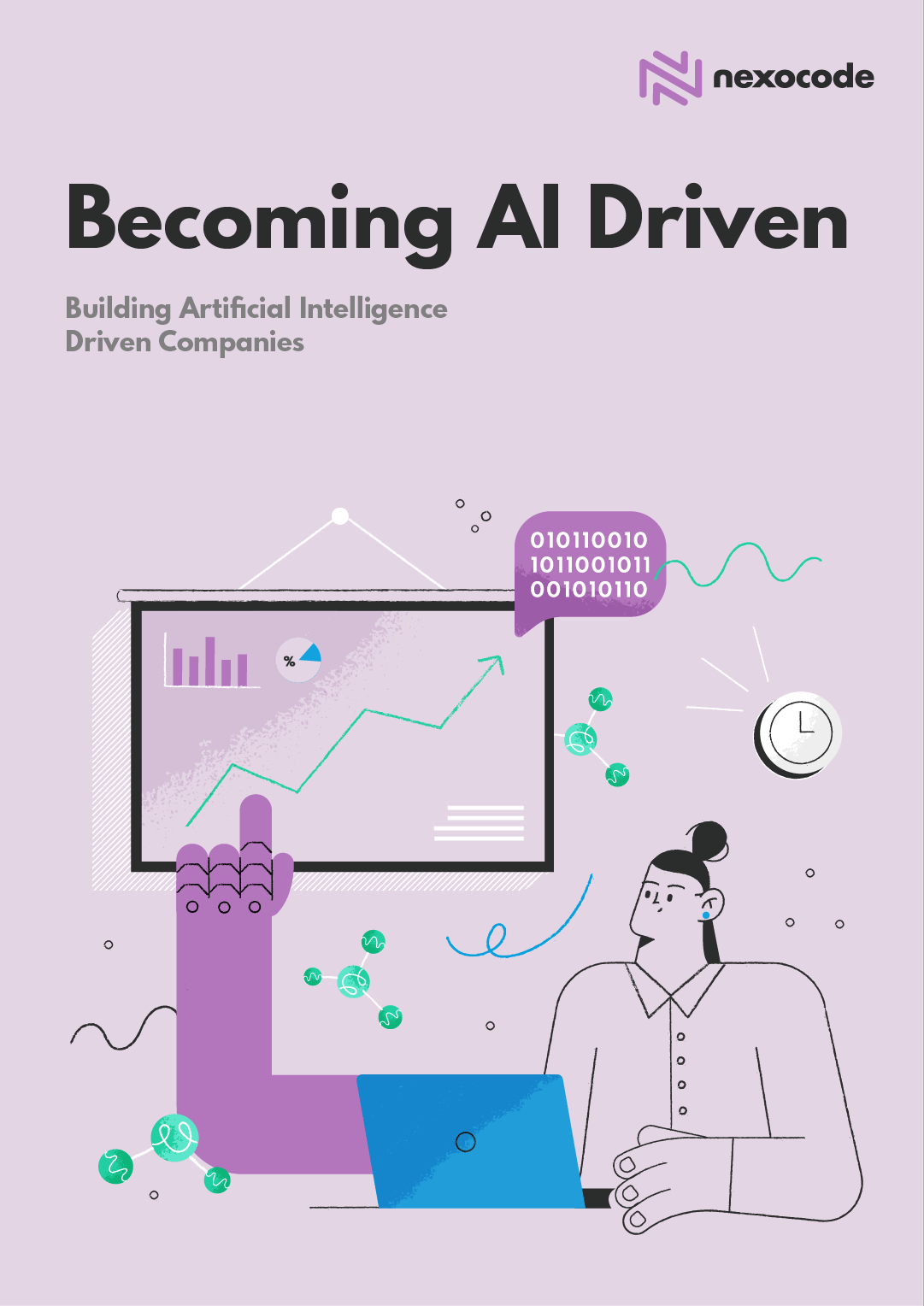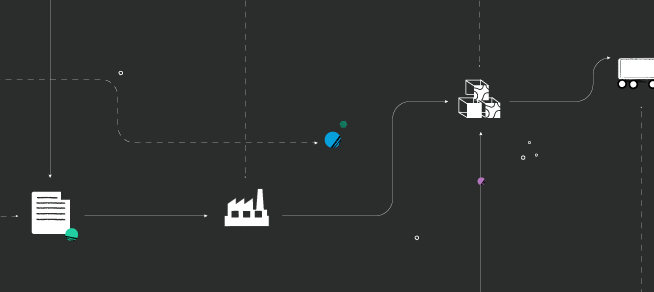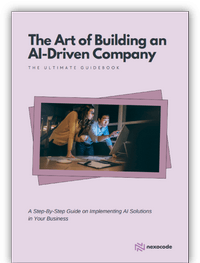Have you ever wondered how AI could revolutionize the procurement processes within your organization? As procurement professionals and leaders, we are constantly looking for ways to enhance efficiency, reduce costs, and make more informed decisions. AI offers unprecedented opportunities to achieve these goals, yet the journey to successful AI integration in procurement is not without its challenges.
AI in procurement can automate repetitive tasks, provide valuable insights through spend analysis, and even transform vendor management and contract negotiations. However, integrating AI into existing procurement systems and workflows comes with a unique set of obstacles that procurement teams must navigate. These challenges include ensuring data accuracy, managing the risks of AI-driven decisions, and overcoming the resistance to change within organizations.
In this article, we’ll explore the primary challenges of AI integration in procurement, drawing on both industry insights and specific examples from government procurement experiences. We’ll also provide actionable tips to help your procurement team overcome these hurdles and fully harness the benefits of AI.
The Promise of AI in Procurement
AI is poised to transform procurement operations by streamlining processes, improving decision-making, and enabling more strategic initiatives. Here are some of the key benefits of AI integration:
- AI automates manual tasks, such as invoice processing and purchase order creation, allowing procurement professionals to achieve operational efficiency and to focus on strategic decision-making rather than administrative duties.
- By automating procurement processes, AI reduces human error and identifies cost-saving opportunities through detailed spend analysis reports generated by AI platforms.
- AI tools provide procurement teams with valuable insights into market trends, supplier performance, and potential risks, enabling more informed and strategic procurement decisions.
- AI helps procurement teams evaluate supplier performance more effectively, fostering superior supplier relationships and ensuring compliance with contract terms.
However, realizing these benefits is not without its challenges. Let’s delve into the specific challenges of AI integration in procurement and how to overcome them.
Challenges of AI Integration in Procurement
1. Data Quality, Accuracy and Accessibility
AI’s effectiveness in procurement hinges on one critical factor: data quality. When data is inconsistent or flawed, AI’s predictions can be misleading, resulting in poor decision-making that could impact the entire procurement process. This is particularly challenging in procurement, where data often flows from multiple sources, such as suppliers, contracts, and market trends, each with its own format and standard.
The legacy systems many procurement teams rely on are often not designed to handle the vast datasets AI requires. This can create bottlenecks in data integration, leading to inaccurate insights. Addressing these challenges starts with prioritizing data governance. Robust data management practices—like regular data cleaning and integration using AI-driven tools—are essential. These practices ensure that your AI models work with the most accurate and up-to-date information, ultimately improving the accuracy of AI-driven predictions.
Data accessibility and the ability to deliver real-time data are equally crucial for maximizing the effectiveness of AI in procurement. For AI models to function optimally, IT systems must be prepared to serve the necessary data not just seamlessly, but in real time. This real-time data capability allows AI systems to make decisions based on the most current information available, which is particularly important in fast-paced procurement environments where conditions can change rapidly.
Therefore, the underlying infrastructure and architecture should be well thought out to ensure that data can flow smoothly from various sources into the AI systems without delay. Adequate bandwidth, scalable data storage solutions, and real-time data processing capabilities are critical to providing AI models with the data they need, precisely when they need it. With this kind of approach your IT infrastructure is capable of supporting the demands of real-time data access, and you pave the way for more timely, reliable, and actionable AI insights, driving better procurement outcomes.
2. Budgeting for AI Projects: A Long-Term Strategic Investment
Investing in AI for procurement is not just a one-time expense; it’s a long-term commitment that requires careful and strategic budgeting. While the allure of immediate cost savings can be tempting, it’s essential to recognize that AI projects often unfold over time and demand sustained financial support.
Firstly, think long-term. AI implementation is an iterative process, where systems evolve as they learn from data and adapt to changing business needs. This means that the initial investment is just the beginning. Whether you’re developing custom AI models or integrating off-the-shelf AI solutions, you should plan for ongoing costs related to updates, maintenance, and scaling.
When considering custom AI models, keep in mind the following:
- Higher initial investment: These models are tailored specifically to your procurement processes, requiring significant upfront costs for development, data collection, and integration.
- Greater control and flexibility: You own the model, reducing long-term dependency on external vendors and allowing for more precise alignment with your business needs.
- Long-term ROI: Despite the higher initial cost, custom models can provide a better return on investment over time by delivering exactly what your organization requires.
In contrast, off-the-shelf AI solutions often involve:
- Lower upfront costs: Subscription-based SaaS products spread the investment over time, making them appear more manageable at first.
- Potential dependency on vendors: You’re subject to ongoing subscription fees, potential price increases, and limitations based on the vendor’s product roadmap.
- Quicker implementation but less customization: These solutions may not fully align with your specific needs, which could lead to inefficiencies or the need for additional tools.
Consider the long-term ROI. While custom AI models might require a significant upfront investment, they can offer a better return on investment (ROI) in the long run by delivering precisely what your procurement processes require. Conversely, the recurring costs of SaaS solutions can add up over time, potentially exceeding the initial savings.
Budget iteratively and allocate funds not only for the initial setup but also for ongoing development and scaling as your AI needs grow. This ensures that your AI infrastructure remains robust and adaptable, capable of delivering value over the long term.
Secure long-term budget approval. It’s crucial to communicate to stakeholders that AI projects are not quick fixes but long-term investments that will require consistent financial support. Securing a long-term budget helps avoid interruptions in development and ensures that your AI initiatives can evolve and deliver sustained value.
3. Organizational Resistance to Change
One of the most significant hurdles in integrating AI into procurement is a lack of clarity around what AI really is and how it can be applied. Without a clear understanding, procurement teams might develop unrealistic expectations, or worse, invest in solutions that don’t align with their needs.
Over-reliance on vendors can exacerbate this issue. Procurement departments might find themselves locked into a vendor’s ecosystem, sacrificing flexibility for convenience. To navigate this, it’s crucial to first invest in AI education for your team. Training should cover the basics of AI, including its capabilities and limitations, and focus on problem definition. When your team understands the specific challenges they’re trying to solve, they can better evaluate AI solutions and tailor them to fit the procurement department’s needs, avoiding misalignment and maximizing the benefits of AI integration.
Integrating AI into procurement processes requires more than just new technology—it demands a cultural shift. The move from manual processes to AI-driven systems can be daunting, leading to resistance among procurement professionals who are accustomed to traditional methods.
To counter this, it’s essential to involve key stakeholders early in the process. Engaging them in discussions about the benefits of AI—such as increased efficiency and a reduced workload—can help build buy-in and ease the transition. But engagement alone isn’t enough. Ongoing training and support are crucial to help your team adapt to AI tools and workflows. Moreover, by highlighting quick wins and demonstrating how AI can complement rather than replace human expertise, you can gradually shift the organizational culture towards embracing AI.
4. Ensuring Transparency and Accountability
AI systems often operate as “black boxes,” where the decision-making process is opaque. This lack of transparency can lead to significant issues, especially in procurement, where accountability is paramount. AI models trained on biased data can perpetuate existing biases, and without robust auditing tools, it can be challenging to verify AI-driven decisions.
To address these challenges,** implementing a governance framework that includes AI-specific policies is crucial.** This framework should outline how AI systems are used and monitored, ensuring that decisions are transparent and accountable. Incorporating AI auditing tools into your procurement processes is another essential step. These tools can track AI decisions, allowing your team to evaluate their fairness and accuracy. Finally, maintaining a level of human oversight in high-stakes scenarios ensures that AI-driven decisions align with your organization’s ethical standards and strategic goals.
5. Vendor Management and Avoiding Vendor Lock-In
Reliance on AI vendors poses the risk of vendor lock-in, where a procurement department becomes overly dependent on a single solution. This can stifle innovation and limit your ability to adopt better solutions in the future. Many AI vendors offer proprietary systems that don’t integrate well with existing procurement systems, making it difficult and costly to switch providers.
To mitigate this risk, diversify your vendor relationships and think about custom implementations. Working with multiple vendors not only provides flexibility but also prevents you from becoming too dependent on one provider. Prioritize AI solutions that are built on open standards, allowing for easier integration with your existing systems.
6. Data Privacy and Security Concerns
AI systems in procurement require access to vast sets of data, much of which may include sensitive information. Ensuring data privacy and security is crucial to avoid breaches that could compromise your organization’s integrity and trustworthiness.
Confusion over data ownership is a common issue, especially when third-party AI vendors are involved. This can lead to legal and ethical challenges regarding who owns the data and how it can be used. Furthermore, AI systems may introduce new security vulnerabilities, particularly if they are not properly managed or regularly updated.
Practical Tips for Procurement Teams that Want to Implement AI
Implementing AI in procurement can feel like navigating uncharted waters, especially when faced with the challenges and complexities of integrating advanced technology into established procurement processes. However, with the right approach and mindset, these challenges can be successfully managed, allowing your procurement team to unlock the full potential of AI for operational efficiency, strategic decision-making, and cost savings.
At nexocode, we’ve had the privilege of working with various clients across logistics, retail, and supply chain operations, which has given us deep insights into the nuances of AI integration in procurement. Here are some practical tips, rooted in our experience, to help your procurement team implement AI effectively and overcome common challenges.
1. Start small with proof of concept and pilot projects
The first step to integrating AI into your procurement department should be to start with small, manageable pilot projects. These pilot projects allow you to test AI solutions in specific areas of procurement, such as invoice processing or spend analysis, before committing to a full-scale implementation.
Starting small helps your procurement team to see the immediate benefits of AI without the risk and complexity of a full-scale rollout. It also provides an opportunity to identify any potential issues early on, which can then be addressed before scaling up
Once this initial project demonstrates success, the company can gradually expand AI usage to other areas like supplier management or contract management.
2. Focus on data quality
AI systems are only as good as the data they process. Investing in data management practices to ensure the data used by AI systems is accurate and reliable is crucial. This includes data cleaning, standardization, and integration across various procurement systems.
3. Educate your procurement professionals
Successful AI implementation requires more than just technology; it requires a knowledgeable and adaptable workforce. Providing ongoing training and support to help procurement professionals understand and adopt AI technologies is essential.
4. Engage stakeholders to build consensus and buy-in
Involve key stakeholders, including procurement leaders, IT, and finance, in the decision-making process to ensure buy-in and address concerns early on. Clear communication about the benefits of AI integration and its impact on
procurement strategies is crucial.
Engaging stakeholders from the beginning helps to build consensus, align goals, and mitigate resistance to change. It also ensures that the AI implementation aligns with the organization’s overall procurement strategies and objectives.
A company planning to implement AI for contract management might engage procurement specialis, legal and finance teams early on to address concerns about data privacy and compliance. This collaboration ensures that AI tools are tailored to meet the specific needs of all stakeholders involved.
5. Maintain human oversight
While AI can automate many procurement processes, it’s essential to maintain human oversight, particularly in high-stakes scenarios like supplier negotiations or strategic decision-making. AI should be seen as a tool that enhances, rather than replaces, human judgment.
Human oversight ensures that AI-driven decisions are contextually appropriate and aligned with the organization’s strategic goals. It also helps to address any issues of bias or inaccuracies in AI outputs.
In supply chain operations, while AI can streamline spend analysis and suggest cost reduction strategies, procurement managers should still review these insights to ensure they align with broader business objectives and ethical considerations. Even when implementing procurement AI and automation at scale, organization should still design human-in-the-loop processes.
6. Tailoring AI solutions to your needs
AI solutions are not one-size-fits-all. It’s important to customize AI tools to fit the specific needs of your procurement processes and to ensure that these tools can scale as your organization grows. Customization ensures that AI tools address the unique challenges and opportunities within your procurement department. Scalable solutions allow your organization to expand AI use as needed, without significant additional investments.
8. Address data privacy and security concerns
Data privacy and security are paramount when implementing AI in procurement. Ensure that robust data governance practices are in place to protect sensitive procurement data and comply with regulatory requirements
Protecting supplier data and ensuring compliance with data privacy regulations builds trust with suppliers and stakeholders. It also mitigates the risk of data breaches that could compromise procurement operations. Companies should especially look into data and security when selecting off-the-shelf ready-made products that do not give much flexibility upon integration, setup, and usage. Not every procurement software can satisfy the same high quality of data privacy and security. And after all, supplier data and purchasing history is usually pure gold.
Unlock the Full Potential of AI in Procurement with nexocode
Integrating AI into procurement processes offers immense potential for improving efficiency, reducing costs, and enhancing strategic decision-making. However, this journey is not without its challenges. By addressing data quality issues, ensuring transparency and accountability, and overcoming organizational resistance, procurement teams can fully harness the power of AI.
At nexocode, we understand the complexities of AI integration in procurement. Our team of AI experts has developed solutions that can help your procurement department overcome these challenges and unlock the full potential of AI. Whether you’re looking to automate repetitive tasks, improve spend analysis, or enhance supplier management, we have the expertise and tools to help you succeed.
Ready to take the next step? Contact nexocode today to learn more about how our AI solutions can transform your procurement processes and give you a competitive edge in the market.











